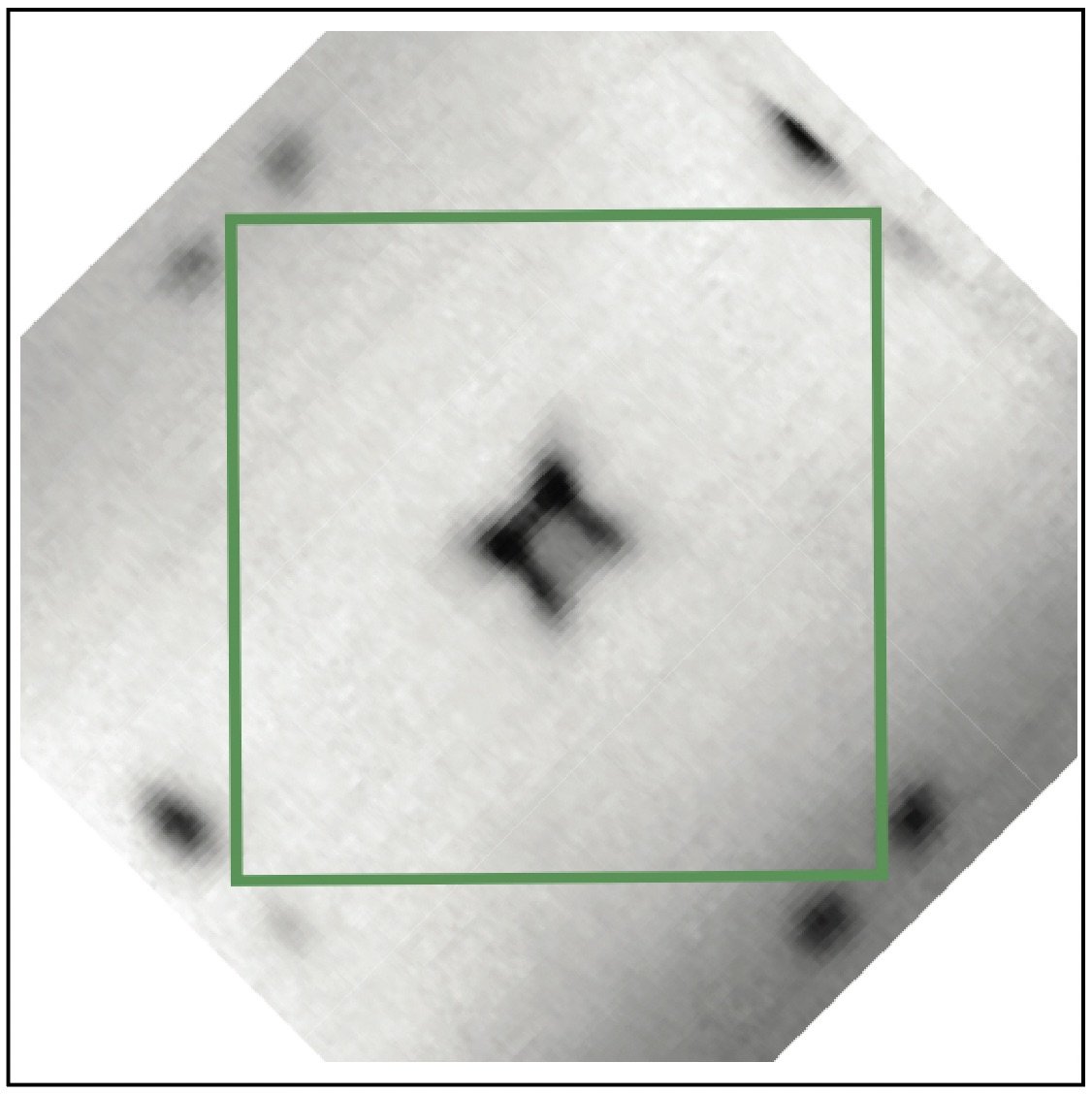
Photo credit: Deep Biswas
Our Research
Quantum materials—which can be as thin as a single atom—can host completely new physics! This makes them not only exciting to study but also appealing as basic Lego-like building blocks for creating advanced materials that function in an entirely new way. Interest in quantum materials has been largely motivated by the incredible properties of graphene. Since the discovery of graphene in 2004, research into quantum materials has exploded! Our research focuses primarily on studying the electronic and structural properties of quantum materials using home-built pioneering surface science techniques. We grow these materials to investigate their properties, and additionally explore their potential in device architectures by in operando measurements. Ultimately, we aim to develop methods to maximize and control the exotic properties of these intriguing materials to improve today’s technologies and lay the foundations for next generation quantum technologies. Our lab is centered around the SGM4 beamline, which is located on the ASTRID2 synchrotron light source in Aarhus, Denmark. This beamline provides access to the interplay between structural form at the sub-nanoscale and electronic behaviour in quantum materials by employing angle-resolved photoemission spectroscopy with a sub-micron light spot (nanoARPES).
Projects
-

Instrumentation
We work on a variety of lab- and synchrotron-based instrumentation projects that focus on growing quantum materials and characterizing both their structural and electronic properties. Current projects include: (i) final commissioning stages of the SGM4 nanoARPES beamline, (ii) building of the quasi-crystal chamber for growth, LEED and STM characterization of quasi-crystals, and (iii) design and build dedicated growth chamber for delta-layers with STM characterization.
-

Transition Metal Dichalcogenides (TMDCs)
Transition metal dichalcogenides (TMDCs) are a class of materials that have been studied for decades due to the rich nature of their d-orbitals, which have granted researchers the power to design new materials with unique and remarkable properties.
-

Delta Layers
A delta-layer (δ-layer) is a buried, high-density, doping profile in a semiconductor host which may give rise to the formation of a two-dimensional electron gas (2DEG) in the dopant layer. δ-layers are the material platform used for a number of developments towards a scalable silicon-based solid-state quantum computer, such as the single-atom transistor, the narrowest conducting nanowire, and spin qubits.
-

Van der Waals Heterostructures
Stacking two-dimensional (2D) materials with different interlayer atomic registry in a heterobilayer with weak interlayer coupling (van der Waals) causes the formation of a long-range periodic superlattice that may bestow the van der Waals heterostructure with extraordinary properties such as new quantum fractal states or superconductivity.
-

Devices
Here we focus on in operando measurements where we can directly probe the energy- and momentum-resolved electronic properties of quantum materials in a functioning device by application of a gate voltage or driving a current through the material.
-

Monoelements
Widespread interest in monoelement material systems such as, antimonene and phosphorene has been spurred by the remarkable properties of graphene. For example, a single atomic layer of antimony, i.e. antimonene, is an emerging two-dimensional quantum material that has recently attracted considerable attention due to its intriguing structure and fascinating electronic properties. Antimonene is a novel 2D topological semiconductor material. These materials find their applications in supercapacitors, electrodes and biodetectors (e.g. DNA sensing devices).


